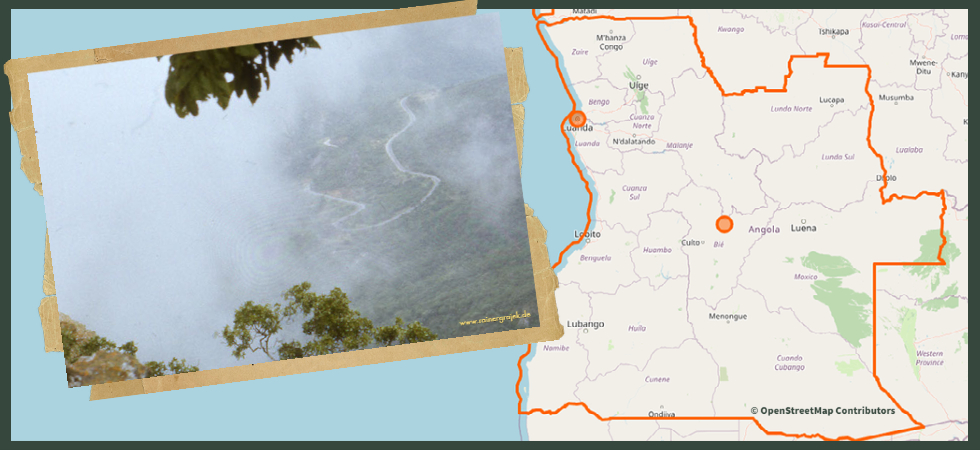Exploring Angola in old maps from a European perspective

Dr. Thea Lautenschläger (biologist and scientist with a focus on biodiversity and traditional knowledge in Angola) recently informed me about a very interesting work from her work environment at the Dresden University of Technology (TU Dresden):
This not only maps the development of Angola, but also illustrates important historical connections of its time of origin. Above all, this concerns the role of the old Congo Empire and its tributary vassal states. The selection of historical maps from the 15th to the 20th century also shows how cartography has developed. In addition, the language and terminology used in the maps reflect the positions of the authors and the map addressees.
It is striking that in the oldest maps the term “Ethiopia” appears again and again and is placed in different parts of Africa, e.g. also in the southwest. This rather indicates unknown or unexplored territory: In ancient Greece, the north-east of Africa was called “Ethiopia”. This meant “land of the people with the burnt faces”. So people with dark skin were referred to by this term. If one came to a previously unknown region, it was of course also “Ethiopia”. Consequently, these terms disappeared with the exploration of the territory in question.
Text in Portuguese:
https://www.rainergrajek.info/exploracao-de-angola-em-mapas-antigos-a-partir-de-uma-perspectiva-europeia/
Text in German:
https://www.rainergrajek.de/erkundung-angolas-in-alten-karten-aus-europaeischer-sicht/
Last Updated on 2021-12-15
